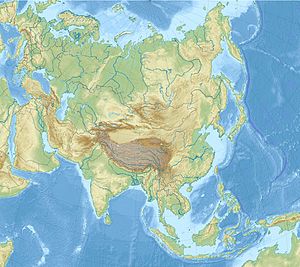Nangalam | |
|---|---|
Town | |
| Coordinates: 34°58′19″N70°54′30″E / 34.9719°N 70.9082°E | |
| Country | Afghanistan |
| Province | Kunar |
| District | Dara-I-Pech |
| Time zone | UTC+04:30 (Afghanistan Standard Time) |
Nangalam is a town in Pech Valley in Kunar Province of Afghanistan. [1] It is situated at the junction of Pech and Waygal rivers. [2] [3]


